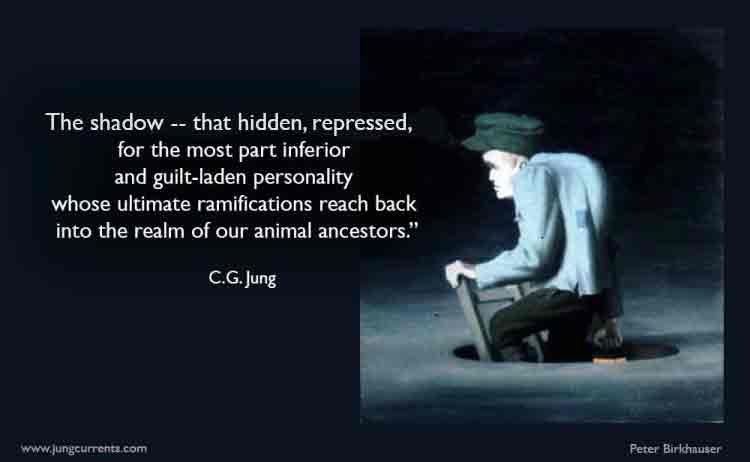Jung defines his concept of the shadow
Carl Jung: On the Shadow I have tried, in this book, to elucidate and amplify the various aspects of the archetype which it is most important for modern man to understand— namely, the archetype of the self. By way of introduction, I described those concepts and archetypes which manifest themselves in the course…

